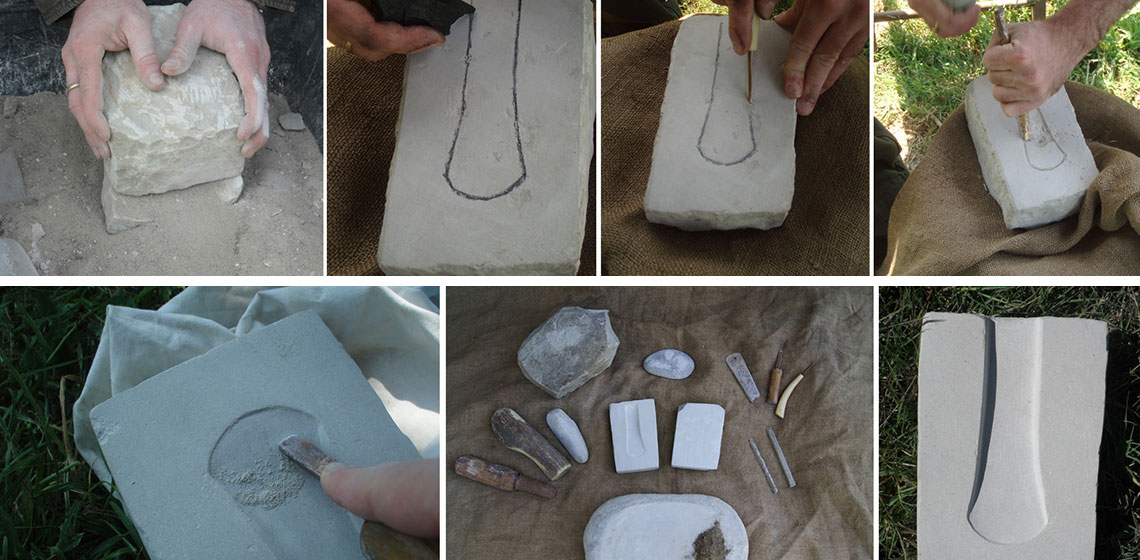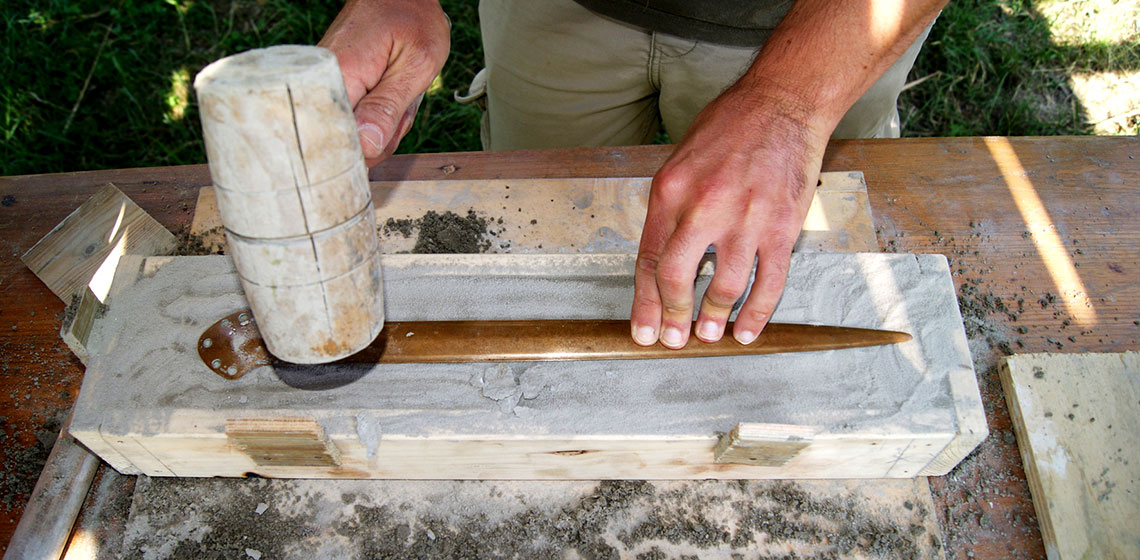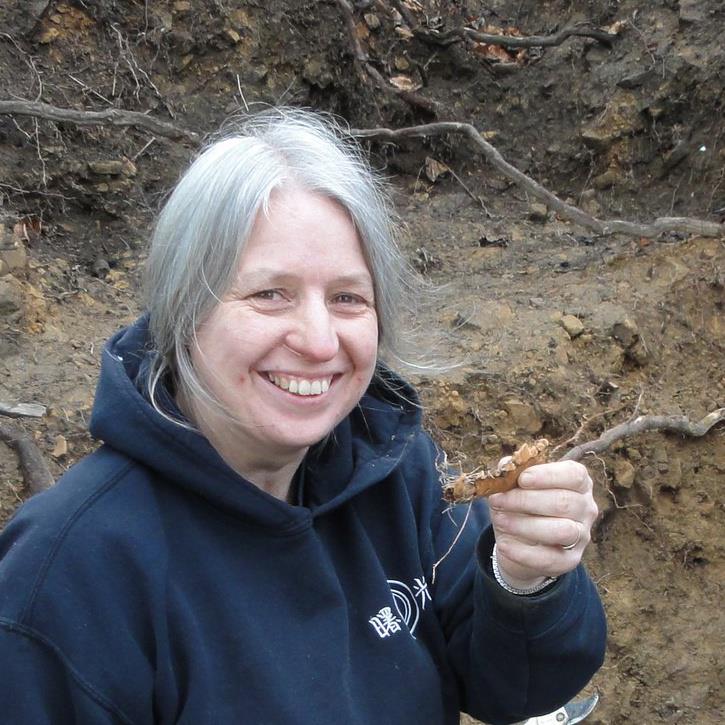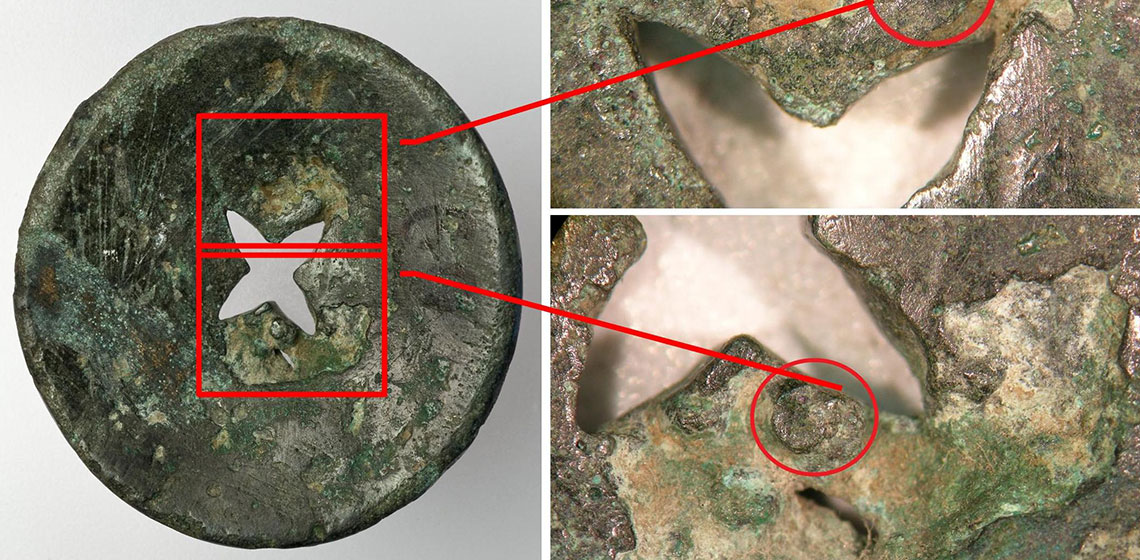Conference Review: 8th Experimental Archaeology Conference, Oxford 2014
***The conference unofficially began in the Royal Blenheim pub at 6 pm on Thursday evening. Conference staff and attendees filtered in throughout the evening eventually filling the back room. The pub had excellent food and a good variety of local ales. Those who managed to brave the flooding introduced themselves and got to know...









